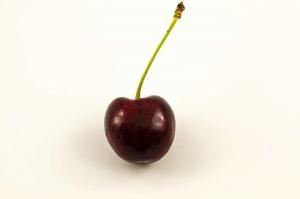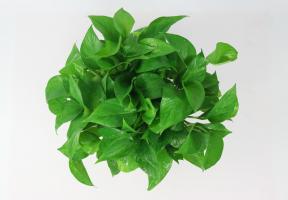Is a Bonsai Tree an Indoor Plant?
Bonsai trees are known for their beauty, elegance, and a unique way to bring nature indoors. It raises the question - is a bonsai tree an indoor plant? The answer is not a straightforward one, as it depends on the type of bonsai tree and the environment it requires to thrive.
Types of Bonsai Trees
Bonsai trees are categorized based on their environmental preferences. Some species require full sun exposure, while others thrive in a more shaded environment. Therefore, it is essential to research the specific species of bonsai tree before deciding if it should be an indoor or outdoor plant. For instance, the Chinese Elm, Fukien Tea, and Ficus Bonsai Tree are known for their adaptability to indoor environments.
Indoor Environment for Bonsai Trees
Bonsai trees thrive in an environment with high humidity, good air circulation, and ample natural light. However, indoor environments tend to be dry due to heating systems, low humidity levels, and inadequate lighting. Therefore, it is recommended to place the bonsai tree in a well-lit area, avoiding direct sunlight, and to add a humidifier to the room to provide a comfortable environment for the bonsai tree.
Outdoor Environment for Bonsai Trees
Some species of bonsai trees require a full sun exposure and a more extensive and natural environment to thrive. Outdoor bonsai trees require ample natural light, proper nutrients, and regular watering. An outdoor environment also provides ample air circulation and natural humidity, which promotes healthy growth for the bonsai tree. However, outdoor bonsai trees require more care and attention due to exposure to pests, changing weather patterns, and temperature fluctuations.
Caring for Bonsai Trees
Caring for a bonsai tree involves monitoring the environmental conditions, providing adequate water and nutrients, and pruning the tree to maintain its desired shape and size. Whether an indoor or outdoor plant, bonsai trees require careful attention and regular maintenance to thrive. With proper care, a bonsai tree can live for decades or even centuries and become an enchanting piece of indoor or outdoor decor.
Conclusion
In summary, the answer to whether a bonsai tree is an indoor plant depends on the specific species and environmental preferences of the tree. Some bonsai trees thrive in indoor environments with high humidity and ample natural light, while others require a more extensive and natural outdoor environment to grow. Careful attention to the environmental conditions, watering, and pruning requirements is essential to ensure the bonsai tree's healthy growth and longevity.

 how many times do yo...
how many times do yo... how many planted tre...
how many planted tre... how many pine trees ...
how many pine trees ... how many pecan trees...
how many pecan trees... how many plants comp...
how many plants comp... how many plants can ...
how many plants can ... how many plants and ...
how many plants and ... how many pepper plan...
how many pepper plan...






























